Temperature Control In Livestock Barns: Equipment And Best Practices
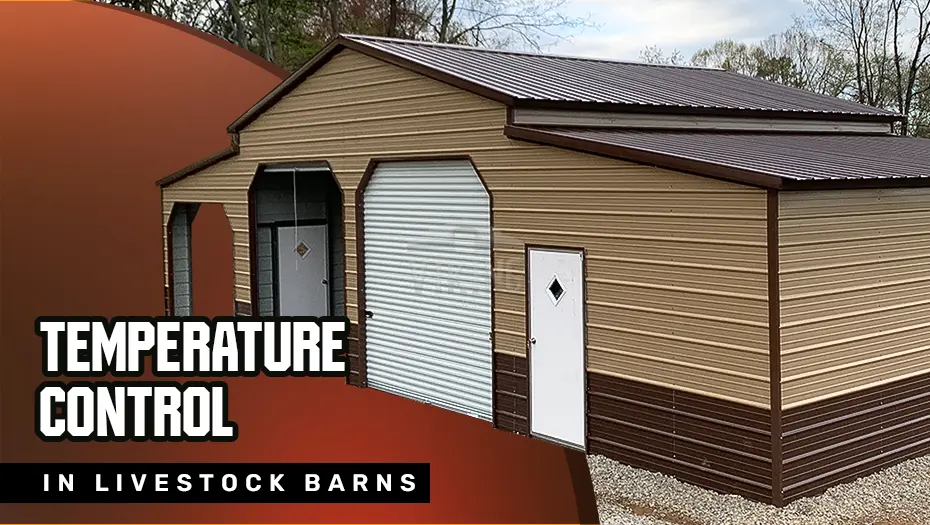
One of the critical aspects of animal husbandry is to maintain the indoor comfort for livestock in a barn. You wouldn’t want animals to be sick or unproductive. Temperature regulation inside a metal livestock barn helps maintain that comfort all year round using state-of-the-art equipment such as ventilation systems, cooling pads, and insulation. Let’s see them in detail.
Efficient Climate Control: The Key To Livestock Barn Management
The best practice to regulate a healthy steel barn indoors involves monitoring the temperature on a regular basis, adjusting equipment settings, and having emergency protocols in case of sudden temperature rise or fall. This might happen due to a fire outbreak or winter storm.
Why You Must Maintain Optimal Temperature For Animal Health?
Not having proper temperature regulation inside a livestock Carolina barn can lead to the following issues:
- Heat Stress: High humidity can lead to heat stress, which reduces feed intake, lowers milk production, and, in severe cases, can even cause death.
- Respiratory Issues: Excessive heat can lead to the growth of bacteria, viruses, and other microorganisms that can cause respiratory issues such as shipping fever, fog fever, pneumonia, or fluid accumulation in the lungs.
- Infection Risk: Pathogens, mold, mildew, etc., thrive in humid environments. This can increase the risk of infections, such as mastitis in dairy cows.
- Behavioral Changes: Due to heat build-up and uncomfortable temperatures, animals may exhibit behavioral issues like panting, lethargy, or aggression.
Types Of Equipment Used For Temperature Control In Barns
Two types of equipment are used in a metal livestock barn to ensure animals are comfortable. They are – insulation and ventilation systems. Let’s study them one by one.
1. Insulation
An insulator helps reduce condensation and moisture build-up inside a steel barn. It does so by reducing heat transfer to and from the building.
1.1 Some Examples Of Insulations Are:
- Rigid Foam Boards
- Reflective Insulation
- Woven R17
- Single/ Double Bubble
- Fiberglass Batts
- Vinyl-Backed
- Blown-in Cellulose
- Insulated Metal Panels [IMPs]
- Spray Foam
1.2 Things To Take Care Before Choosing An Insulation
- R-Value: For the metal barn to function optimally, choose the correct R-value per inch. The range is 1 to 25.
- Local Climate: In cooler climates, higher R-value insulation will help retain heat, whereas in warmer climates, reflective insulation will keep the metal barn cool.
- Moisture Control: Choose an insulator that is moisture-resistant and comfortable for animals.
- Cost: Insulators like IMPs have a high upfront cost. Some are easier to install than others, so pick one that is durable and fits your budget.
- Healthy & Safe: Make sure the insulator material is healthy for both animals and barn workers.
Consider eco-friendly insulation material made from recycled material and compatible with existing structures.
2. Ventilation
A ventilation system helps reduce moisture and humidity inside the barn. It pushes out warm and moist air and brings in cool and fresh air. Properly installed ventilation inside a metal livestock barn ensures a quality cycle of fresh air, removes dust, pathogens, etc., reduces the chances of molding, and reduces harmful gases like ammonia from animal waste.
2.1 There Are Two Types Of Vent Systems:
2.1.1 Natural | Passive Vent
- It uses natural forces like wind and gravity to function. It lowers your energy bills.
- Some examples include – stall windows, clerestory windows, louvers, turbine vents, ridge vents, gravity vents, open sidewalls, and roll-up doors.
2.1.2 Mechanical | Active Vent
- It uses electricity to power the ventilation system. It’s suitable for areas with no wind or space with obstructions.
- Some examples include – fans [exhaust, ceiling, floor], inlets, electrical roof vents, AC, etc.
2.2 How To Install Vent In Your Metal Barn?
- 1 square foot vent per 300 square feet of floor space
- 60% of vents should be lower for fresh air intake, 40% higher for exhaust
Best Practices For Monitoring & Adjusting Temperatures In Barns
- Install the correct R-value insulator for best performance.
- Ventilation should be placed at the right height for maximum efficiency.
- Clean the vent system regularly to maintain effectiveness.
- Remove manure and other animal waste to reduce the chances of bacterial or virus growth.
- Do a routine inspection at least once a year to ensure the insulation & ventilation system is functioning correctly.
Benefits Of Proper Temperature Control For Livestock Production
Insulation and ventilation systems offer several key advantages, such as:
- It helps with consistent internal temperature stability.
- It reduces energy consumption by reducing the need for extra heating in winter and cooling in summer.
- Insulation reduces condensation that can cause mold growth or structural damage to metal barns.
- It reduces the chances of diseases in animals.
- Insulation also makes a comfortable environment for barn workers all year round.
A comfortable barn environment leads to better health, increases body weight & milk production, and keeps livestock healthy.
Keep Livestock Comfortable & Happy
As we have learned, the insulation and ventilation system plays a vital role in regulating the temperature inside the barn. At Viking Barns, we understand how important it is for farmers and ranchers to keep their livestock comfortable and healthy. That’s why we offer metal livestock barns that are not only sturdy and built to last but also come with insulation such as single bubble, double bubble, and woven R17. Call (704) 579-6966 to book your barns today!
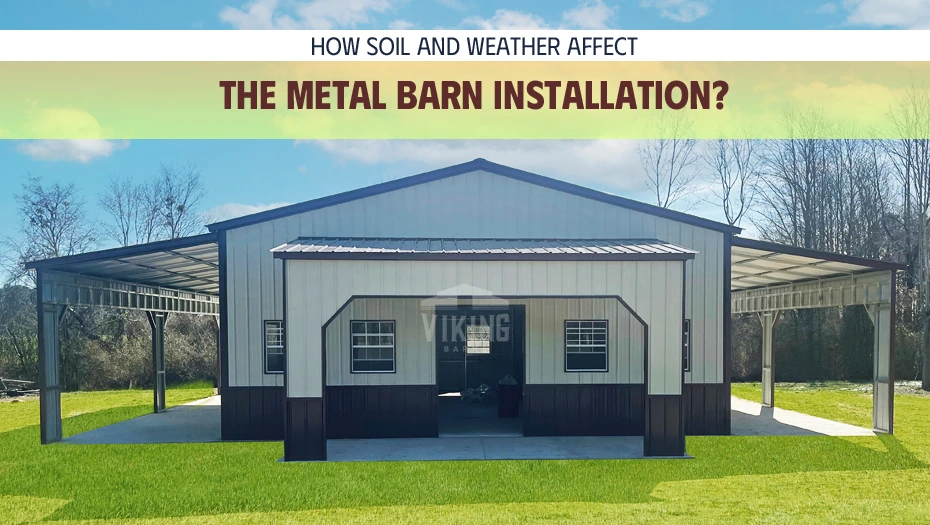

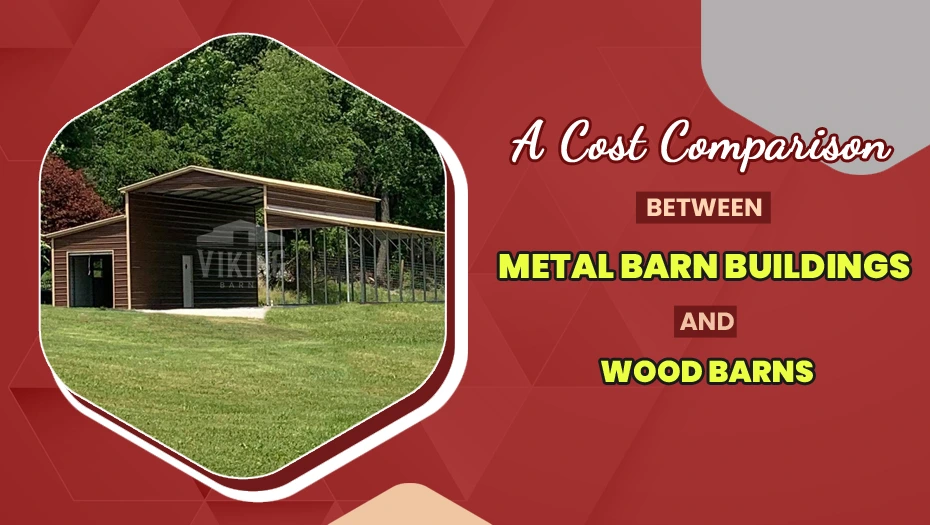
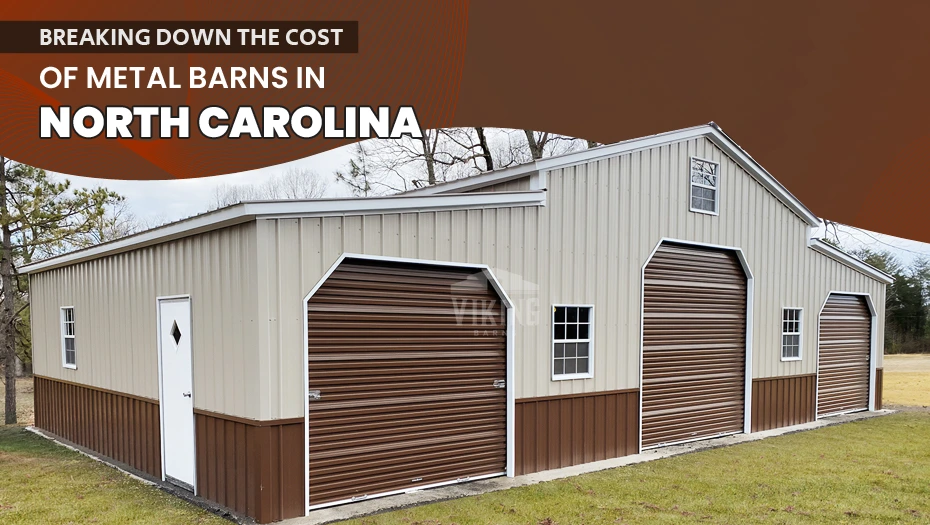
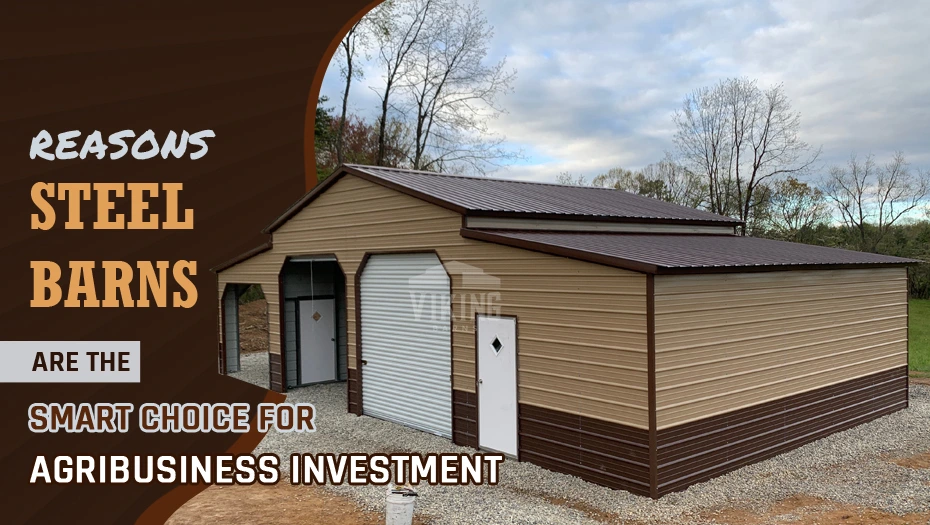
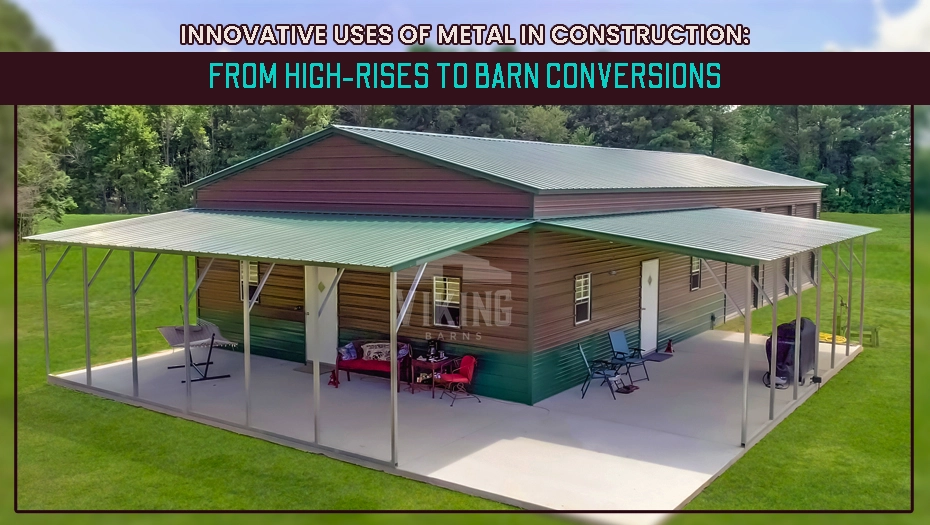
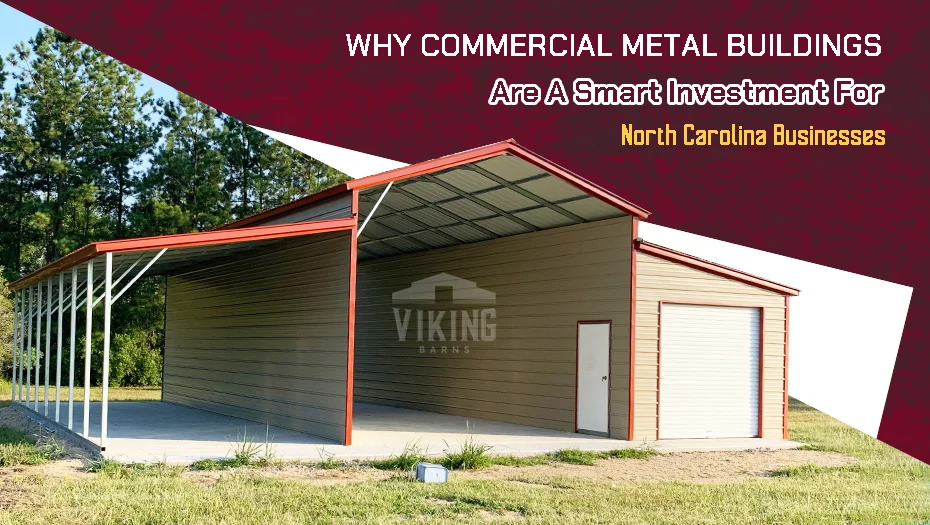
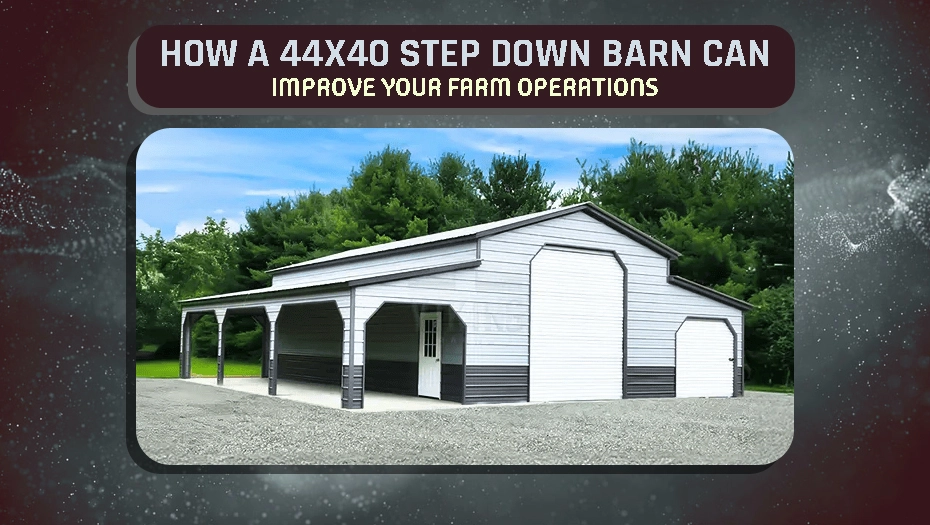
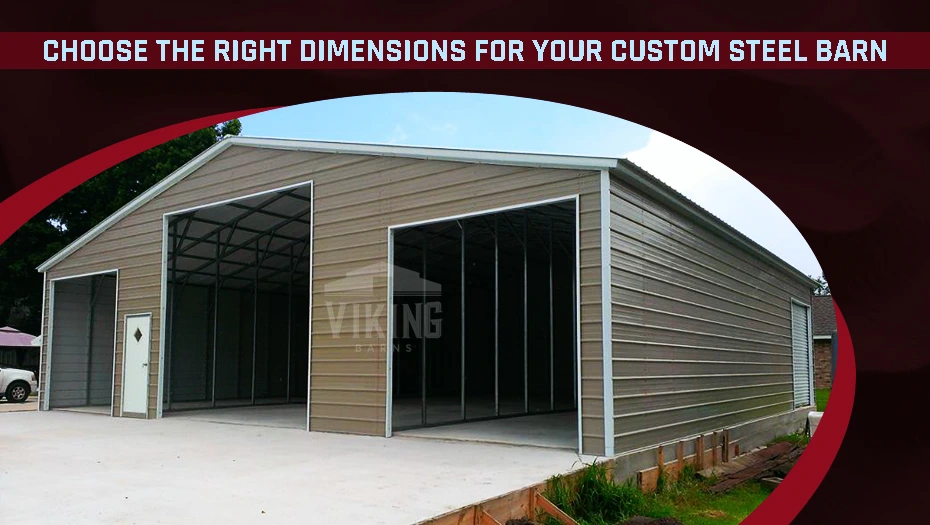
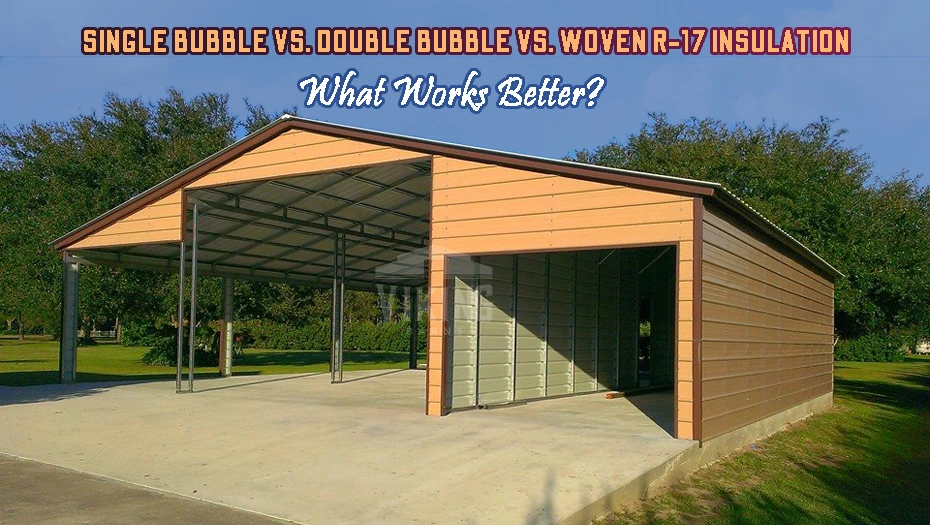



 Alabama AL
Alabama AL

 American Steel Carports Inc.
American Steel Carports Inc.